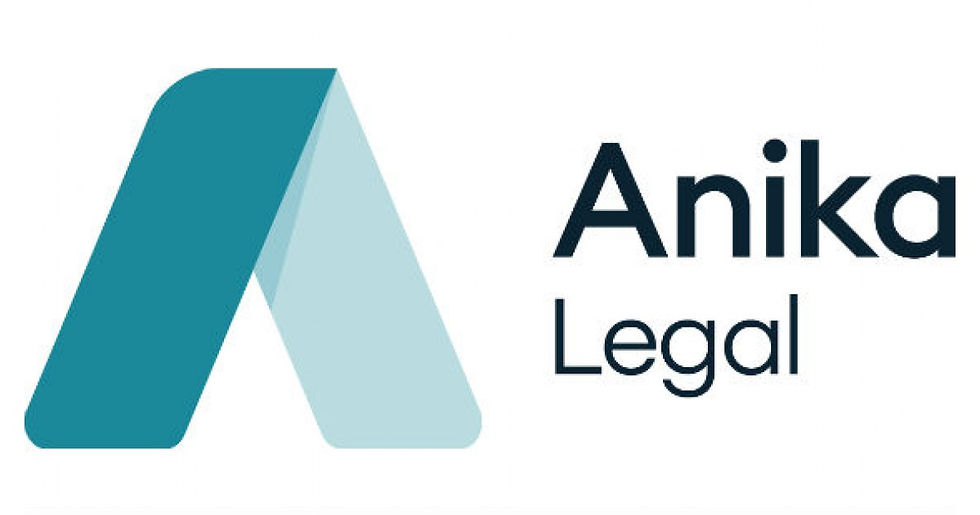We Need to Talk About Homelessness: Part 1
- Jessica Chen

- Oct 12, 2020
- 4 min read
Updated: Nov 7, 2020
Written by Sophie Allen

"Melbourne can be a world leader in ending homelessness.”
Bevan Warner, CEO of Launch Housing
Melbourne is no stranger to homelessness. In fact, experts say cases have risen to “emergency levels”.
In this article, we consider the condition of homelessness in the pre and post COVID-19 era. Whilst we have always had the knowledge and know-how to find solutions, with COVID-19 we have the catalyst to fix things. As shall be discussed, enacting solutions is not only the right thing to do - it makes good financial sense. Armed with this knowledge, the case for solving homelessness becomes incontrovertible.
The Context
Homelessness in Melbourne has many causes, but mainly comes down to the unaffordability of housing, domestic violence and a structural lack of social housing. Prior to the COVID-19 lockdown, almost 300 people could be found sleeping rough in the City of Melbourne on any given night. Throughout Victoria, that amounted to 1,100 people on the streets. The definition of homelessness also includes those staying with friends, couch surfing, or living in unstable accommodation, such as caravan parks. Therefore, the Australian Bureau of Statistics estimated the total homeless in Victoria to be around 25,000 people in 2016.
Breaking down these statistics only makes them more concerning. Of that 25,000 total, more than 6,000 were children and young people under the age of 35. Furthermore, attesting to the intersectionality of inequality, Aboriginal and Torres Strait Islander peoples accounted for 20% of all homeless persons on Census night in 2016, despite making up only 3% of the Australian population. As argued by Professor Olena Hankivsky: ‘According to an intersectionality perspective, inequities are never the result of single, distinct factors. Rather, they are the outcome of intersections of different social locations, power relations and experiences’.
To address the homeless issue, state governments have successively drawn up action plans laying out long-term goals, budgetary requirements, and a gradual commitment to more housing options.
But this year there came a critical moment. A pandemic was spreading throughout society and the homeless had nowhere to go.
More homes, more support
In crisis mode, the Victorian government enacted a massive rehousing effort. It moved more than 2,000 homeless Victorians into hotel accommodation, practically overnight. Because as Premier Daniel Andrews declared: “you can’t stay home if you don’t have one.” The spread of the coronavirus was stemmed whilst the homeless community felt safe with new shelter.
Indeed, finding stable accommodation is a critical first step to breaking cycles of homelessness. With a roof over their heads, vulnerable individuals have “the opportunity to move ahead with their lives”, says Bevan Warner , CEO of Launch Housing.
The Victorian government has now extended its emergency rehousing scheme to promise a further A$150 million in the From Homelessness to a Home package. This will support 2,000 people to continue living in hotels and rental accommodation until next April, and lease a further 1,100 properties from the private rental market to provide permanent homes for people once they leave emergency accommodation. Mr Warner heralds this as a turning point:“It’s a sign that we, as a community, have the ability to build back better from this pandemic. Homelessness is solvable, but not without more homes and more support.”
The financial upside
Indeed, housing the homeless makes good financial sense. In 2017, the Melbourne Sustainable Society Institute (MSSI) at the University of Melbourne published a paper in which it analysed the cost-benefit of housing our homeless. Whilst greater funding for social housing is needed, the paper strongly argued for greater investment in last resort and temporary emergency accommodation for those primary homeless who are sleeping rough.
It was estimated that by getting someone off the streets, society could save A$25,615 per person, per year. With 7,600 primary homeless in Melbourne, the total annual cost to Victoria was estimated at A$194 million. Figure 1 below shows the quantitative breakdown of flow-on benefits identified by the MSSI paper.

Figure 1: Witte, E. 2017 ‘The case for investing in last resort housing’, MSSI Issues Paper No. 10, Melbourne Sustainable Society Institute, The University of Melbourne.
Thus, homelessness is not inevitable. MSSI found that once a vulnerable individual secures stable accommodation, their healthcare costs go down, and their likelihood to engage in crime or to be the victims of crime is also reduced. Stable employment becomes possible, as does getting an education and having the opportunity to build lasting relationships in one’s community. The research paper concludes that for every A$1 invested in last resort beds, A$2.70 worth of benefits are generated for the community over 20 years.
Prior to COVID-19, we were aware of the need to solve homelessness, yet the pandemic gave us a reason to act quickly. Rather than let this be a one-off occurrence, the Victorian government needs to maintain its commitment to the homeless. Society and the economy demand it.
For the next article in this two-part series, we talked to Robina Bradley, CEO of St Mary’s House of Welcome, a well-established support centre in Fitzroy, to find out how the homeless sector has weathered the pandemic. We find out how homeless support centres have adapted to a new normal, what effect extra government funding has had, and consider what the future of Melbourne’s homeless could look like. Read part 2 here.




Comments